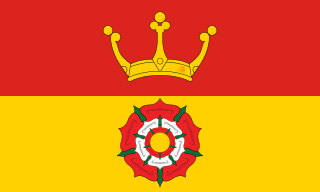St Neots Priory was a Benedictine monastery beside the town of St Neots in the historic county of Huntingdonshire, now a non-metropolitan district in the English county of Cambridgeshire.
Folkestone Priory was a pre-Reformation Benedictine monastery at Folkestone in the English county of Kent. The priory church survives as the present parish church. It was the successor to Folkestone Abbey, an Anglo-Saxon nunnery on a different site.
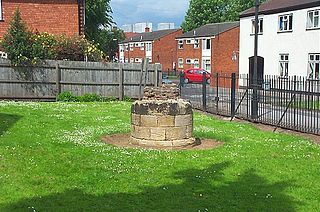
Lenton Priory was a Cluniac monastic house, founded by William Peverel in the early 12th century. The exact date of foundation is unknown but 1102-8 is frequently quoted. The priory was granted a large endowment of property in Nottinghamshire and Derbyshire by its founder, however part of this property became the cause of violent disagreement following its seizure by the crown and its reassignment to Lichfield Cathedral. The priory was home mostly to French monks until the late 14th century when the priory was freed from the control of its foreign mother-house. From the 13th-century the priory struggled financially and was noted for "its poverty and indebtedness". The priory was dissolved as part of King Henry VIII's Dissolution of the Monasteries.
Alan fitz Flaad was a Breton knight, probably recruited as a mercenary by Henry I, in his conflicts with his brothers. After Henry became King of England, Alan became an assiduous courtier and obtained large estates in Norfolk, Sussex, Shropshire, and elsewhere in the Midlands, including the feudal barony and castle of Oswestry in Shropshire. His duties included supervision of the Welsh border. He is now noted as the progenitor of the FitzAlan family, the Earls of Arundel (1267–1580), and the House of Stuart, although his family connections were long a matter of conjecture and controversy.

The Priory of St. Andrews of the Ards (Blackabbey) was a Benedictine Abbey at Stogursey in Somerset.
Abbeys and priories in Hampshire lists abbeys, priories, friaries or other monastic religious houses in Hampshire, England.
Andwell Priory is an alien priory of Benedictine monks in Andwell, Hampshire, England.
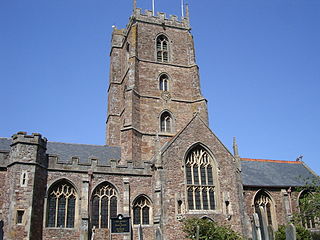
Dunster Priory was established as a Benedictine monastery around 1100 in Dunster, Somerset, England.
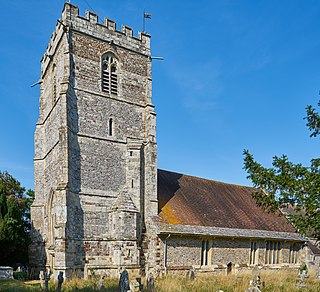
Cranborne Priory was a priory in Cranborne in Dorset, England. The priory church survives as Cranborne's parish church, the Church of St Mary and St Bartholomew, and is a Grade I listed building, with parts of the building dating back to the 12th century.

St. Mary Magdalen was a Benedictine priory in Lincoln, England. Along with Sandtoft Priory and Hanes Cell, it was a Lincolnshire cell of St Mary's Abbey in York, England. A surviving building, once owned by the priory, is Monks' Abbey, Lincoln.
Everdon Priory was a priory in Northamptonshire, England. The village of Everdon is located about 6 km south-east of the town of Daventry.
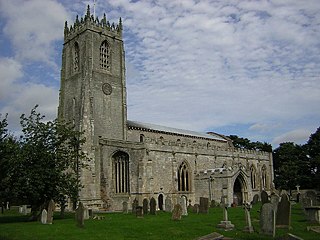
Blyth Priory was a priory in Nottinghamshire, England, dedicated to St Mary the Virgin.
Blakenham Priory was an estate in monastic ownership in the late Middle Ages, located at Great Blakenham in Suffolk, England.
Wootton Wawen Priory was an alien priory in Wootton Wawen, Warwickshire, England.
Sele Priory was a medieval monastic house in West Sussex, England.

St. James Priory, also known as Derby Cluniac Priory, was a Benedictine monastery, formerly located in what is now Derby City Centre. It existed until the Dissolution of the Monasteries.

Edith Weston Priory was a small alien house of Benedictine monks in Edith Weston, Rutland. The French parent house of Abbey of Saint-Georges, Boscherville was founded by Ralf de Tanquerville, chamberlain to William the Conqueror, about the year 1050. By 1114 his son William donated the church and manor at Edith Weston, and a small cell of monks was set up to collect the rents and intercede for the founder's soul.
Stoke-by-Clare Priory was a Benedictine monastery in Stoke-by-Clare, in Suffolk, an alien priory, dependent on Bec Abbey, in Normandy. Reinstituted in 1124, the Priory was suppressed in 1415.

